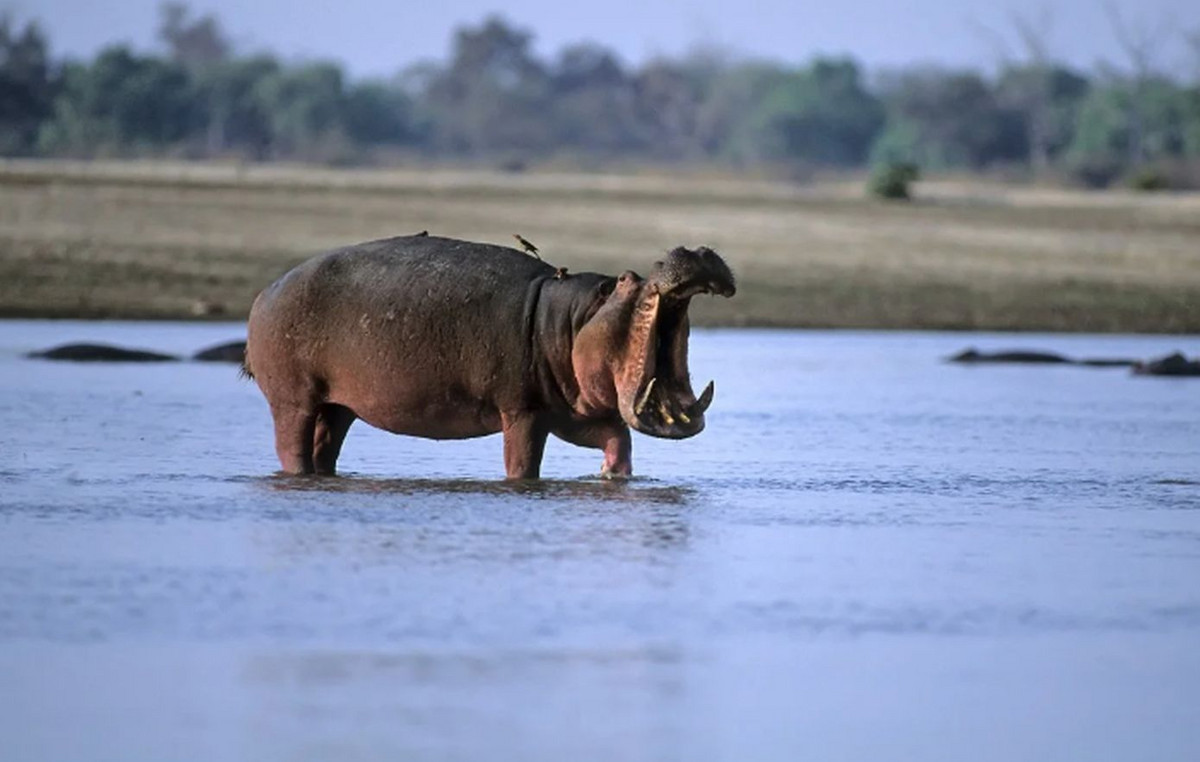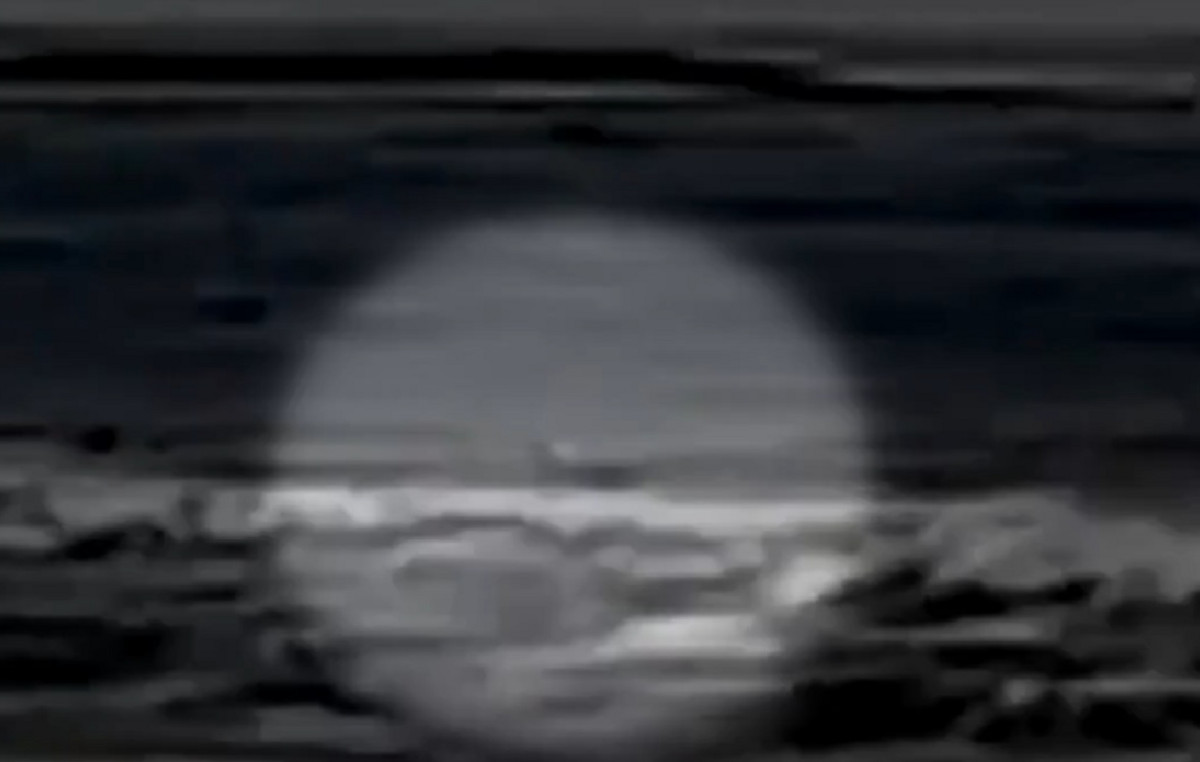A real tomb belonging to an ancient Egyptian king was discovered in a found considered “remarkable” by authorities, changing the concept that researchers had about the valley in which it is located, as the only tombs found in the place were of real women.
One Egyptian-British archaeological mission identified the tomb as belonging to the King Tutmés II an former Egyptian king who reigned between 2000 and 1001 BC, said the country’s Ministry of Tourism and Antiques in a press release on Tuesday (18).
Initially identified only as “Tumba C4”, the site is located about 2.5 kilometers west Reis Valley in the region of Luxor in Egypt said the folder.
When the archaeological team first discovered the entrance and the main corridor of the tomb in 2022, they believed it belonged to one of the wives of the kings. This was based on its proximity to Queen Hatshepsut’s tomb and King Tutmés III wives, explained Mohammad Ismail Khaled, secretary general of the Supreme Antique Council in the statement.
But over the years, the joint mission, led by the Supreme Council of Antiquities and the New Kingdom Research Foundation, revealed another story: the tomb actually belonged to Tutmés II.
Piers Litherland, field director at New Kingdom Research Foundation, said his team was surprised by the discovery.
“We, like many others, thought this was a Wadi (valley) associated with real women,” Litherland told CNN on Wednesday (19).
The location of the tomb is also very unusual for a king.
“The tomb is situated in a poorly chosen place, under two waterfalls and at the bottom of a slope where the water would have (and had) entered the much more humid atmosphere of the 18th dynasty,” he said.
Among the evidence that points to Tutmés II were fragments of alabaster jars found with his name, identifying him as the “deceased king”, as well as inscriptions with the name of his wife and half sister, Queen Hatshepsut.
The discovery marks one of the most significant archaeological advances of recent years, according to Khaled, who added that the artifacts found in the tomb will provide crucial information about the region’s history and the king’s reign.
Little is known about Tutmés II. Scholars even debate the duration of their reign, which could have been only three or four years, or over 14.
“It doesn’t tell us, so far, a lot about your life,” Litherland said about the discovery of the tomb. “However, it tells us that he was buried by Hatshepsut and not by his son, Infante Tutmés III. It was the duty of the kings to bury their predecessors. ”
Litherland believes this could explain why the young Tutmés was “so anxious” to dissociate himself with Hatshepsut and to “emphasize his connections with his father and grandfather.”
The tomb was found in a precarious state of conservation due to floods that would have occurred shortly after the king’s death, according to Mohamed Abdel Badi, head of the Egyptian antiques sector and mission’s co-leader. Water damaged the interior of the tomb, with preliminary studies suggesting that its original content was probably transferred to another location.
However, the archaeological team was able to restore fallen plaster fragments in the tomb. Among them were plaster remains with blue inscriptions, reasons for yellow stars and parts of the book of Amduat, a religious text associated with the old Egyptian real tombs.
Litherland noted that the simple architectural design of the tomb served as a prototype for the later real tombs of the 18th dynasty. He added that the mission will continue his work to find out more secrets in the area and locate the final resting place of the original Tomb content.
See also: Archaeologists find mummies at least 1,000 years in Peru
This content was originally published in an Old Egyptian King tomb is found in a remarkable discovery on CNN Brazil.
Source: CNN Brasil
Charles Grill is a tech-savvy writer with over 3 years of experience in the field. He writes on a variety of technology-related topics and has a strong focus on the latest advancements in the industry. He is connected with several online news websites and is currently contributing to a technology-focused platform.







